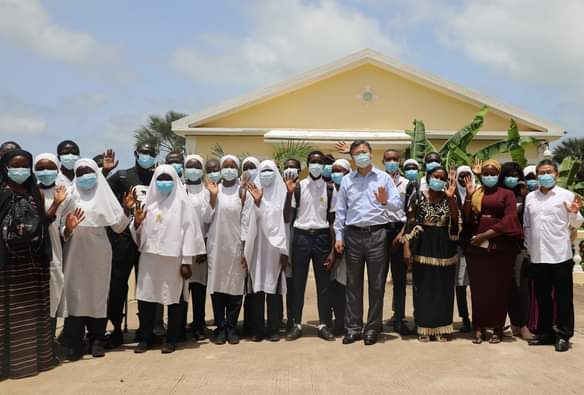Rwandan President, Paul Kagame said the liberalization of air transport in Africa can act as a catalyst to speed up the industry’s recovery by increasing connectivity, stimulating demand, and jobs creation.
Kagame made the remark while speaking at the 6th Aviation Africa Summit and Exhibition that kicked off on September 12 in Kigali.
He said; “The Covid-19 pandemic severely affected aviation worldwide and Africa was no exception. Airlines and airports around the world faced massive layoffs. Now, travel and tourism are getting back to normal but the industry is not yet back to where it was.
“In the wider context of the African Continental Free Trade Area (AfCFTA) open skies help to link our businesses to regional and global supply chains boosting trade and investments. This is why the single implementation of the single African air transport market must remain a top priority. Rwanda continues to do its part.
“We intend to continue expanding within the continent and abroad. We are working together with Qatar Airways to grow RwandAir and build our new international airport currently under construction into a regional hub for passengers and cargo,” said Kagame referring to the Bugesera International Airport.”
“To accelerate the growth of the aviation industry, we must also address the shortage of skills across the aviation value chain. After all, aviation is a huge attractive career for young people in Africa.
“Therefore, let’s prioritize the use of data and digital technologies to make Africa aviation safer, more, reliable and more affordable.”
The two-day summit themed; “Africa’s new dawn, efficient aviation resilience recovery and growth in a post-Covid era” brought together at least 100 global aviation companies concurrently hosted with the Salon Mondial des Infrastructures Equipment et Services Aéroportuaires (SMIESA) that aim at stimulating technology transfer in Africa by promoting the establishment of manufacturers, and promoting African airports.
The ongoing summit has brought together, aviation experts and leaders, regulators, policymakers, and manufacturers.


